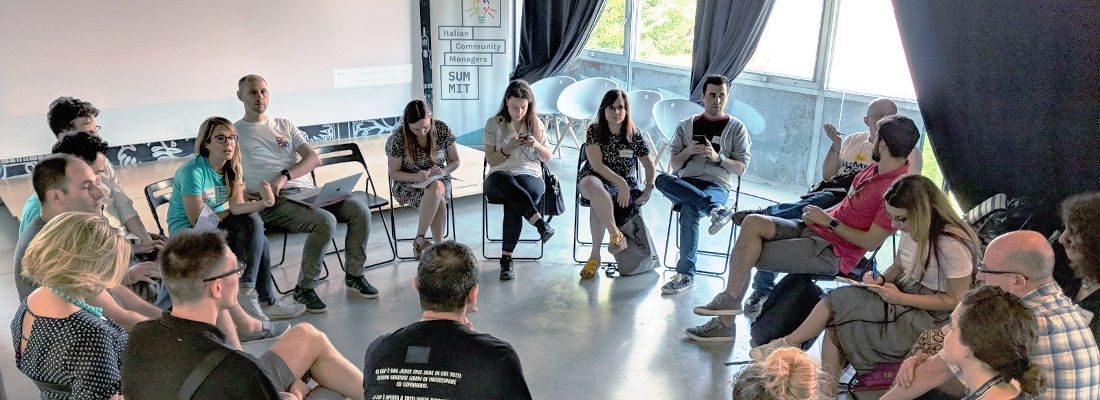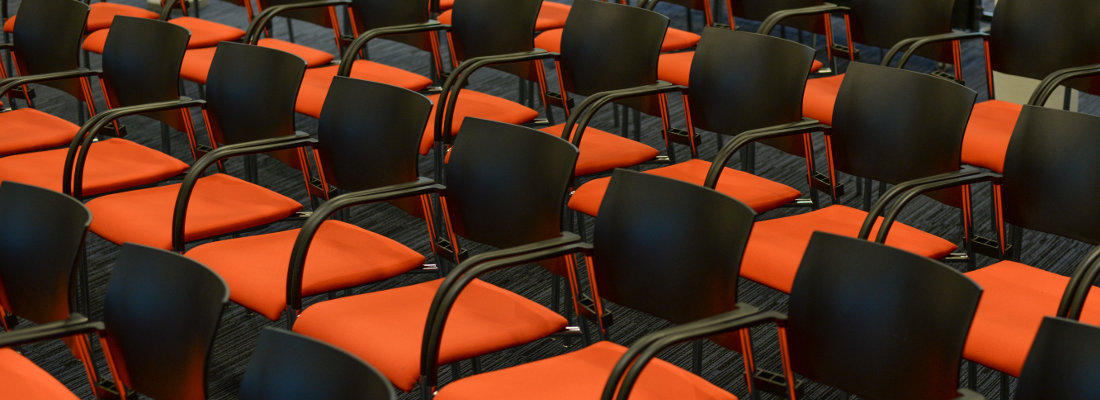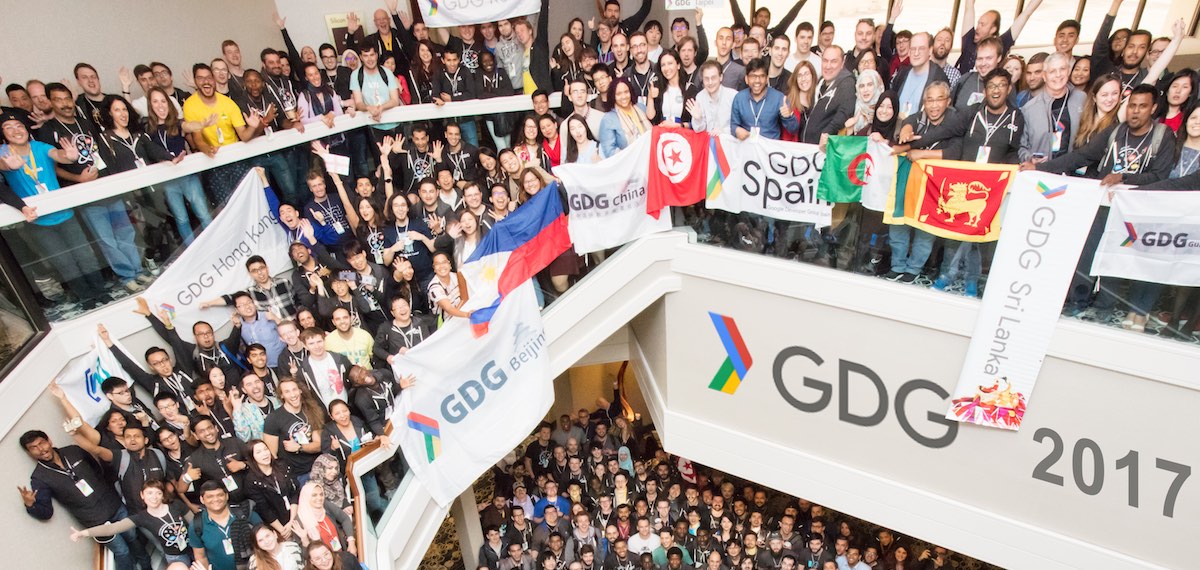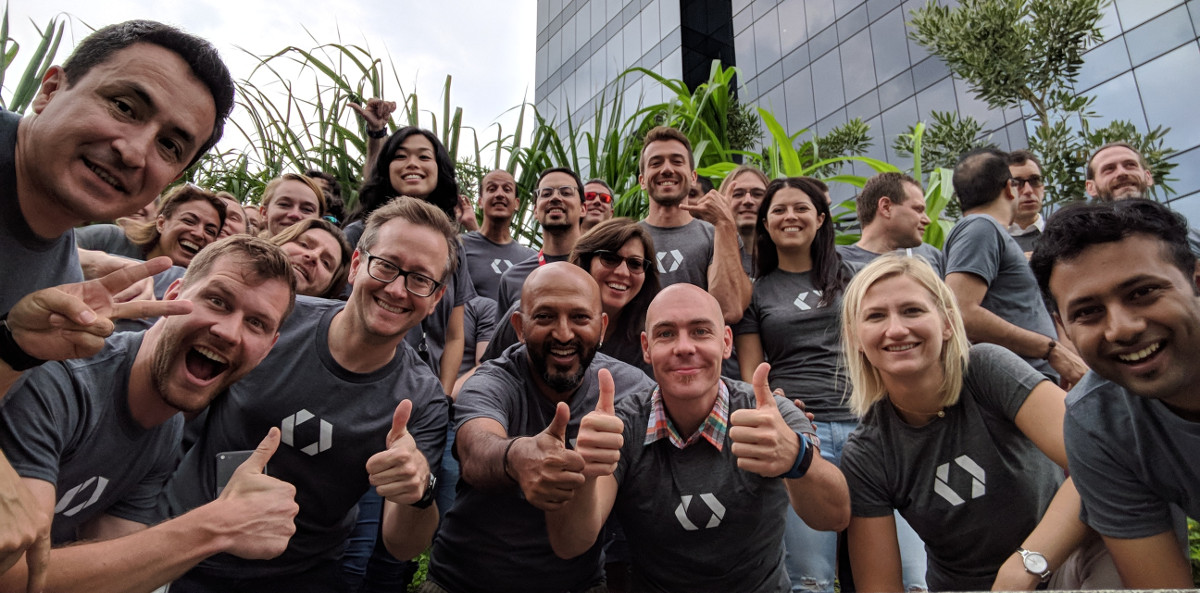Even the most successful in-person community, able to pack every room no matter how big it is, hosting mind-blowing speakers, moving people even outside of the city, has started from a very first event. Let’s see the core steps to organize a first successful community meetup.
There are three main elements to manage, in the following order:
- Find a need, and a solution to it
- Find a place where deliver the solution
- Find attendees with same need, believing in your solution and willing to reach the place
Find a need, and a solution to it
Human behaviour is driven by solutions to perceived needs. If you want to bring people to your community meetup, you have to find a shared need they have and offer a viable solution. Not necessarily the best solution, but make clear “why they should come” is fundamental.
It could be a need of knowledge, and the solution is a session / workshop / training on a particular topic presented by a speaker. It could be a need of actions to reach a common goal, and the solution is a meeting where people can do something together. It could be the need of not feeling alone about a particular passion, and providing an occasion to meet and chat with like-minded people is what is required. The more the meetup agenda is focused on the need and the solution, the higher the number of potential attendees joining your event.
Of course, you can start from one of your needs, without looking too far.
Find a place where deliver the solution
A good place should offer, at least, an acceptable consumption experience of the solution delivered. It’s an event organizer duty to take care about the whole end-to-end logistic flow, from when attendees start traveling to your event, to when they leave to move to the next place.
Try to figure out all the different steps. For example: they need to reach, and then leave, the place: is it connected at the moment the meetup happens? Is near enough and accessible for your target audience? How people will find your event in the place? How they identify themselves as your guests? How they can ask for help? Is there enough space for all of them? If the solution is a talk, are attendees able to listen to the speaker and watch the content presented? If the event in a tech workshop, are there enough power plugs for their laptop? To what extent they need connectivity? And many more.
Again, no need to be perfect, but devil is in the details, and thinking about the whole “attendee journey” can really help to find and connect all the important dots, at least.
Find attendees with same need, believing in your solution and willing to reach the place
Arguably, the hardest and most time-consuming part, especially if it’s your first community meetup or you don’t already have user base to reach.
Create a message where the need, the offered solution, the place and the when are clear: people need to understand at very first look if they fit in the target and it’s valuable to attend. Making the message sticky and nice to see is a desirable bonus point: also the eye wants its part.
Once you have that message, ask for help of similar communities to spread it; people have multiple interests, and they talk each other. Do both “mass communication” and one-by-one reach: social networks are your friends, and never assume that, because your message is public and available online, people have seen it. Share with attendees, and speakers if any, a call-to-actions to bring other people in, offering some perks in exchange, even symbolic (a pin, a thank you note, a free ticket for a friend, etc): ideally, the moment after they register, they should become your advocate. Keep scouting for people till the last moment: decision to join is made generally within a couple of weeks before the event, even the day before. And, if the event is free to attend, aim to overbook for a good 30%-50% more of the place capacity: people won’t come and won’t tell you.
Once at the community meetup…
Before closing, try to announce when the next meetup will be. Or find a way to keep in touch with attendees that doesn’t depend on them: people are lazy once their need is fulfilled, so avoid asking them to register to your meetup/mailing list/social channels, but rather ask if they have something against you doing it for them, and in case tell you.
Finally, this last point is extremely important: don’t forget to celebrate, regardless the number of attendees. Even if you were able to make 5 people happy, it’s a great achievement, as you’ve done an extraordinary thing the vaste majority of people won’t do. Be proud of you and all the people who helped.
TL;DR for tech community leaders out there: find a speaker with some knowledge to share, find a place where this speaker can talk, find people to attend the event. Simple and straight ;)
Interest on other tips to organize a successful community meetup? More searching for the Event Tips tag.
(Image source: an unconference session during the Italian Community Managers Summit 2018 in Milan)




